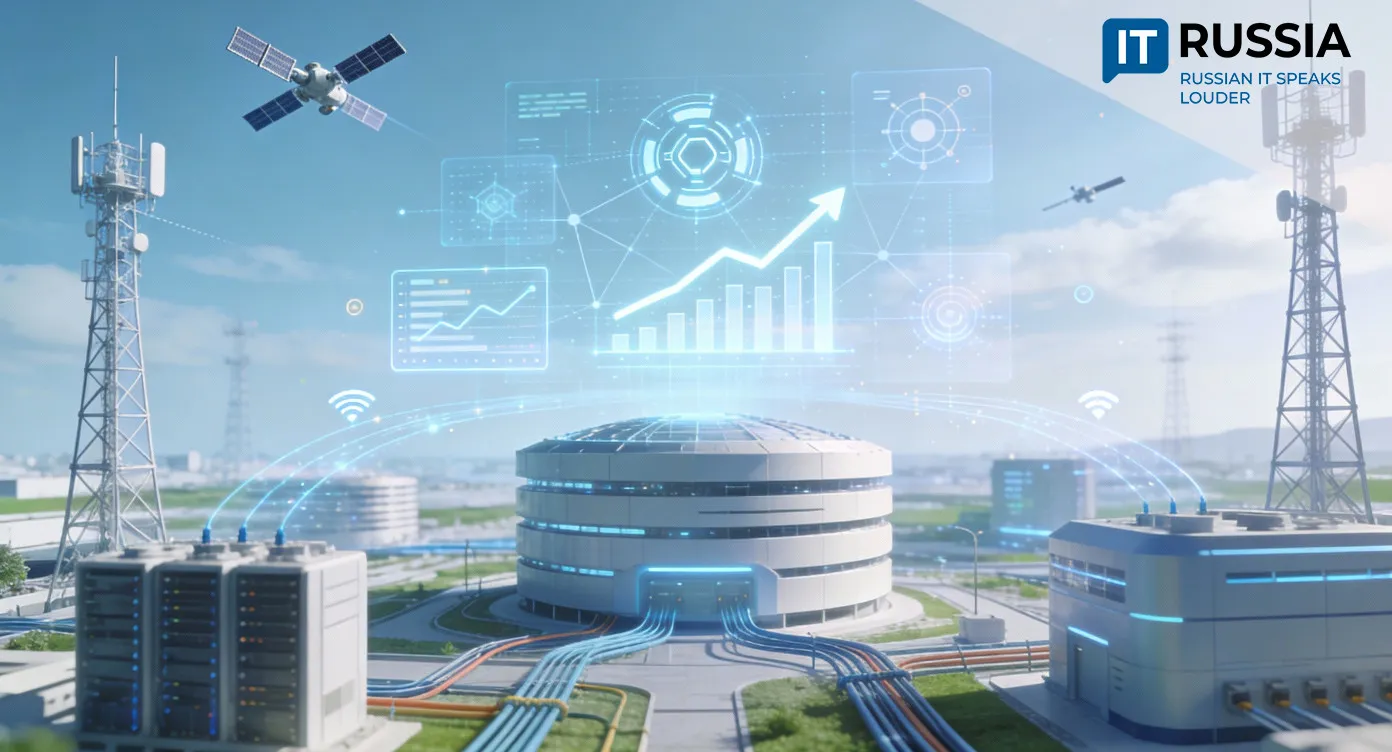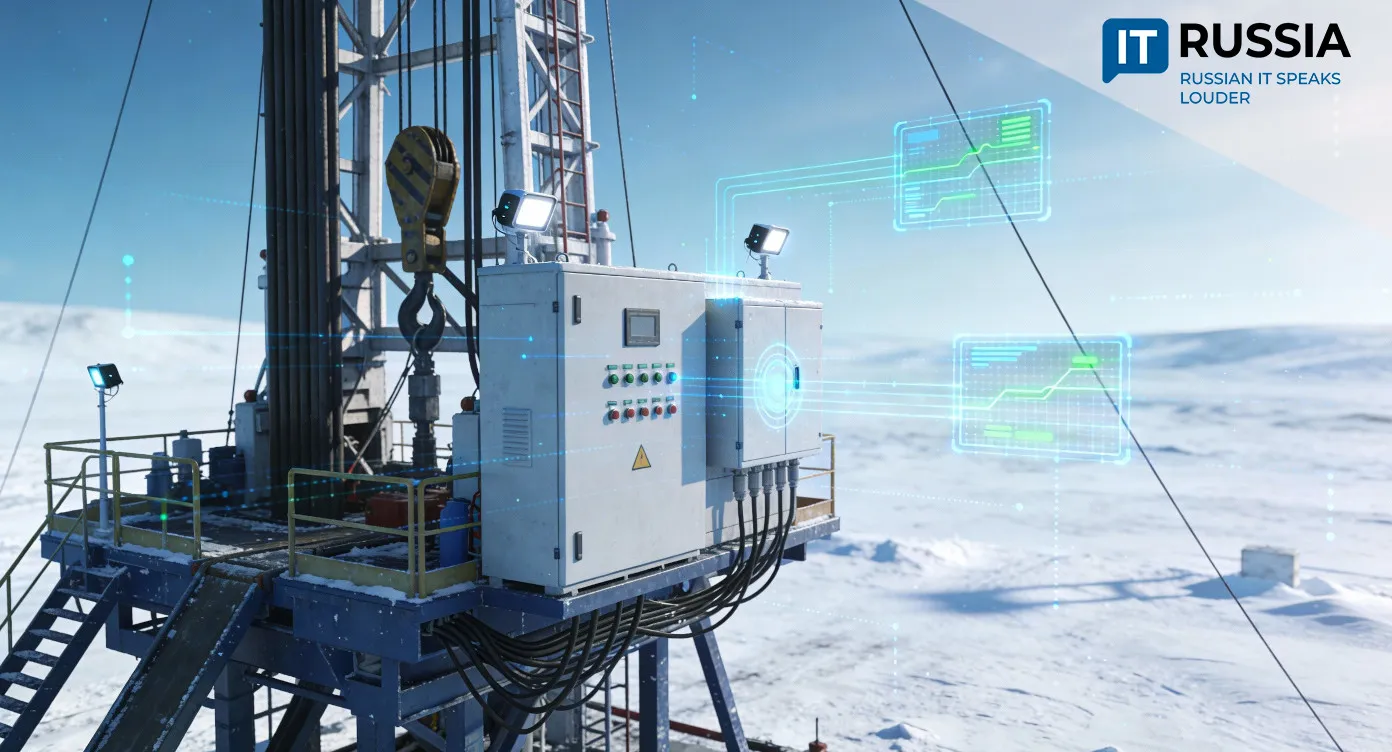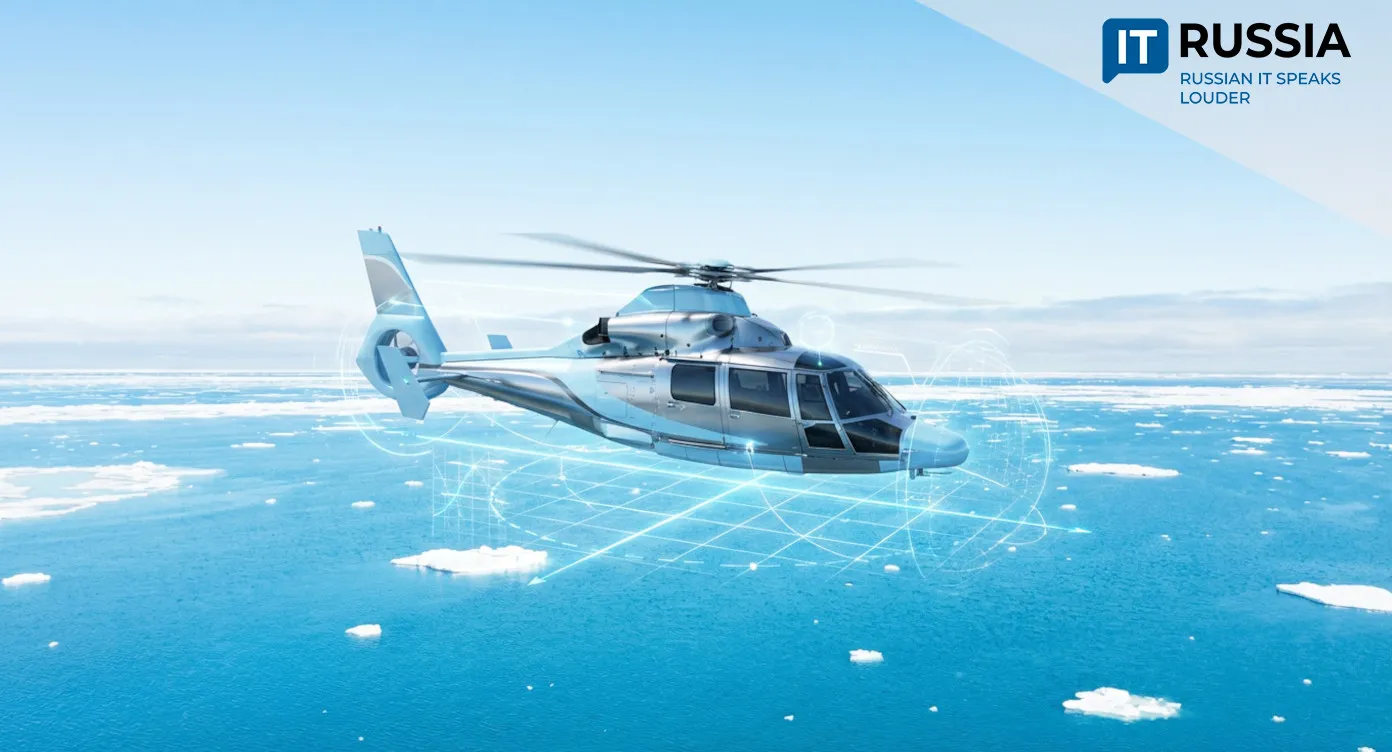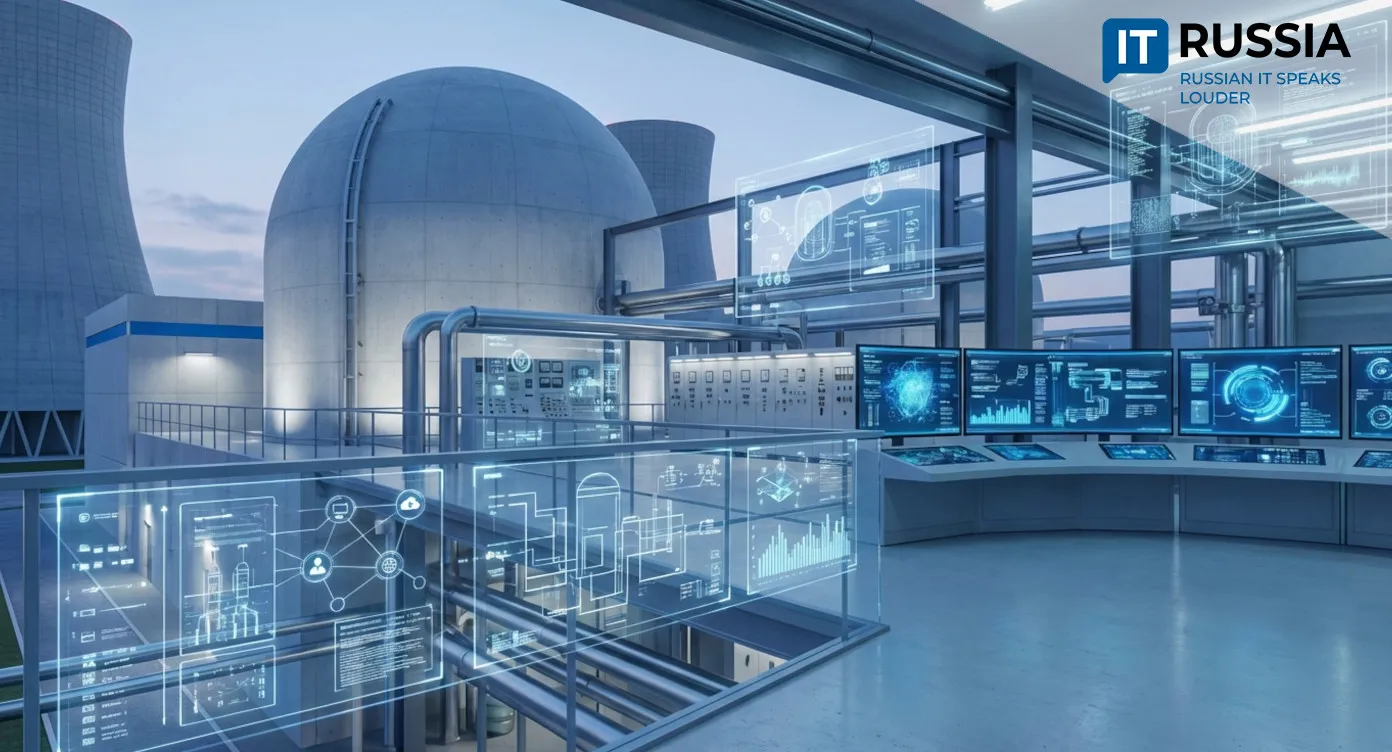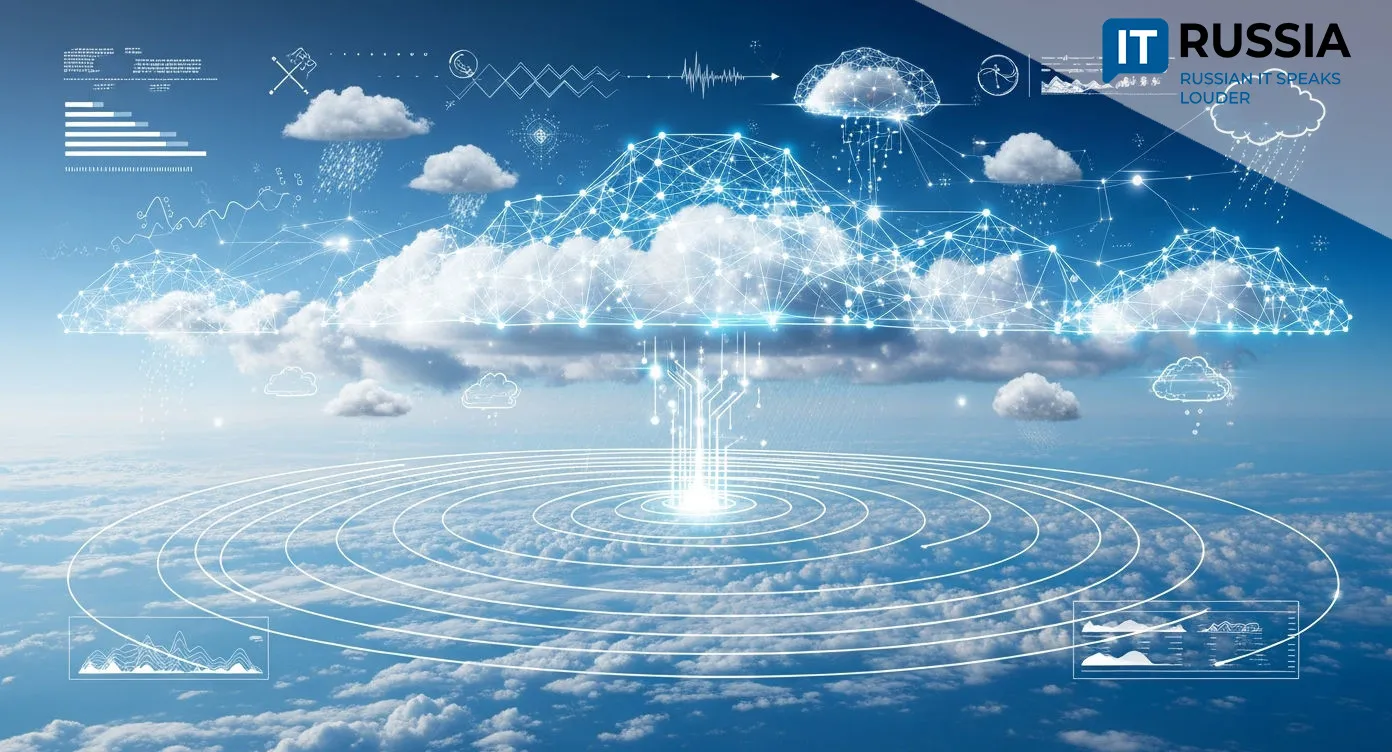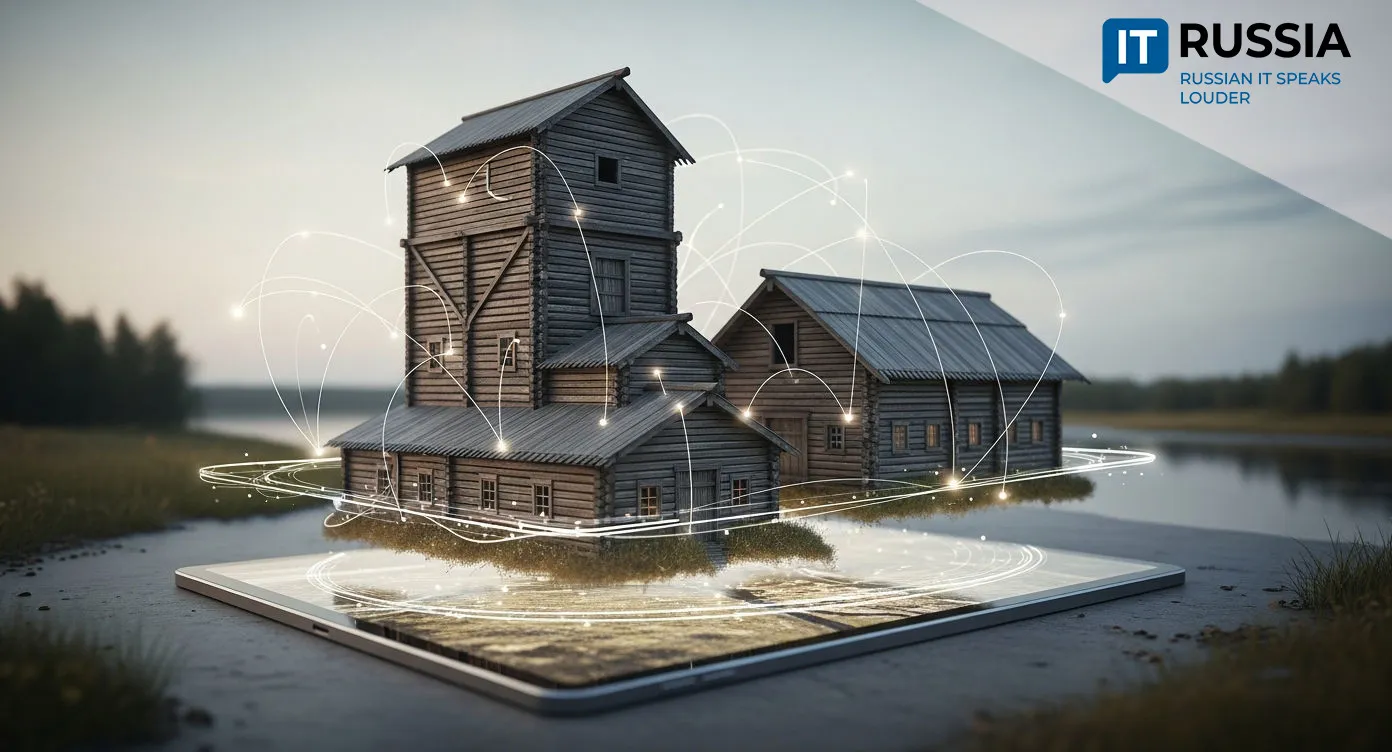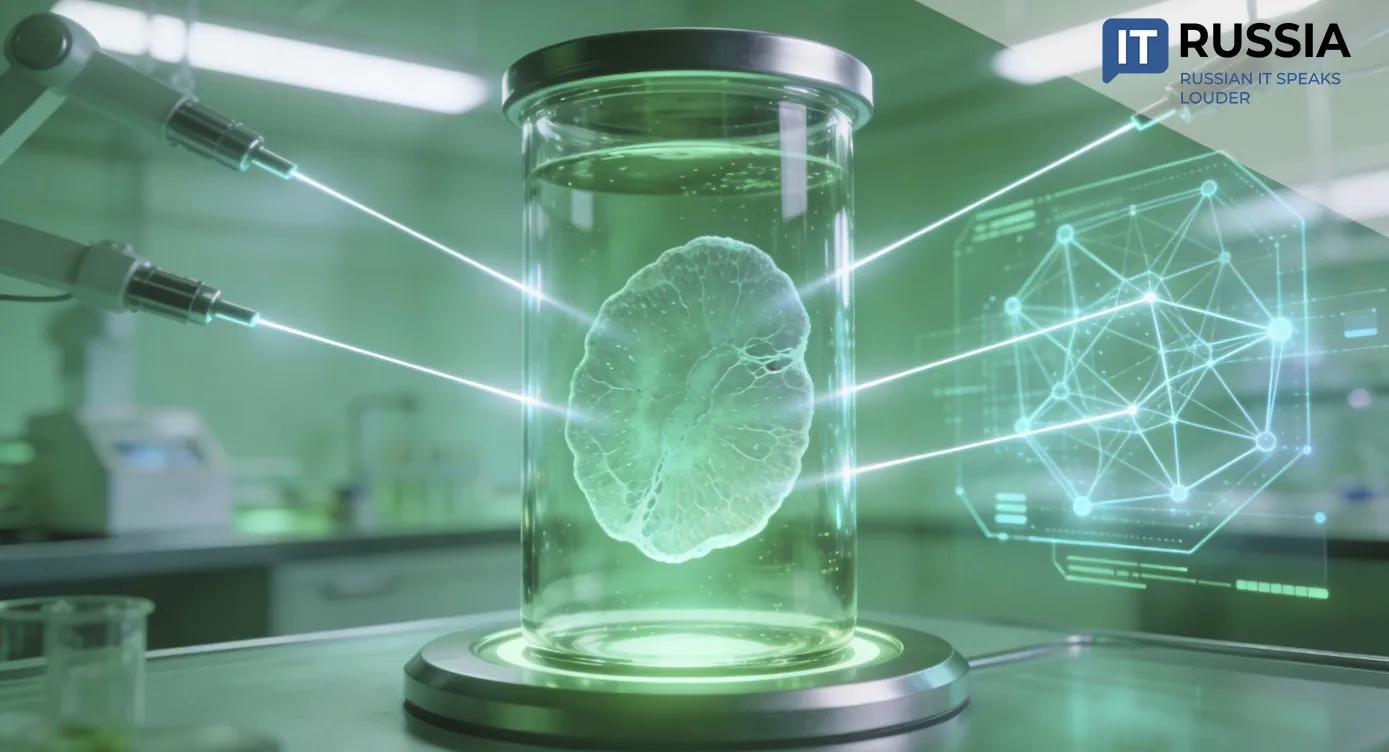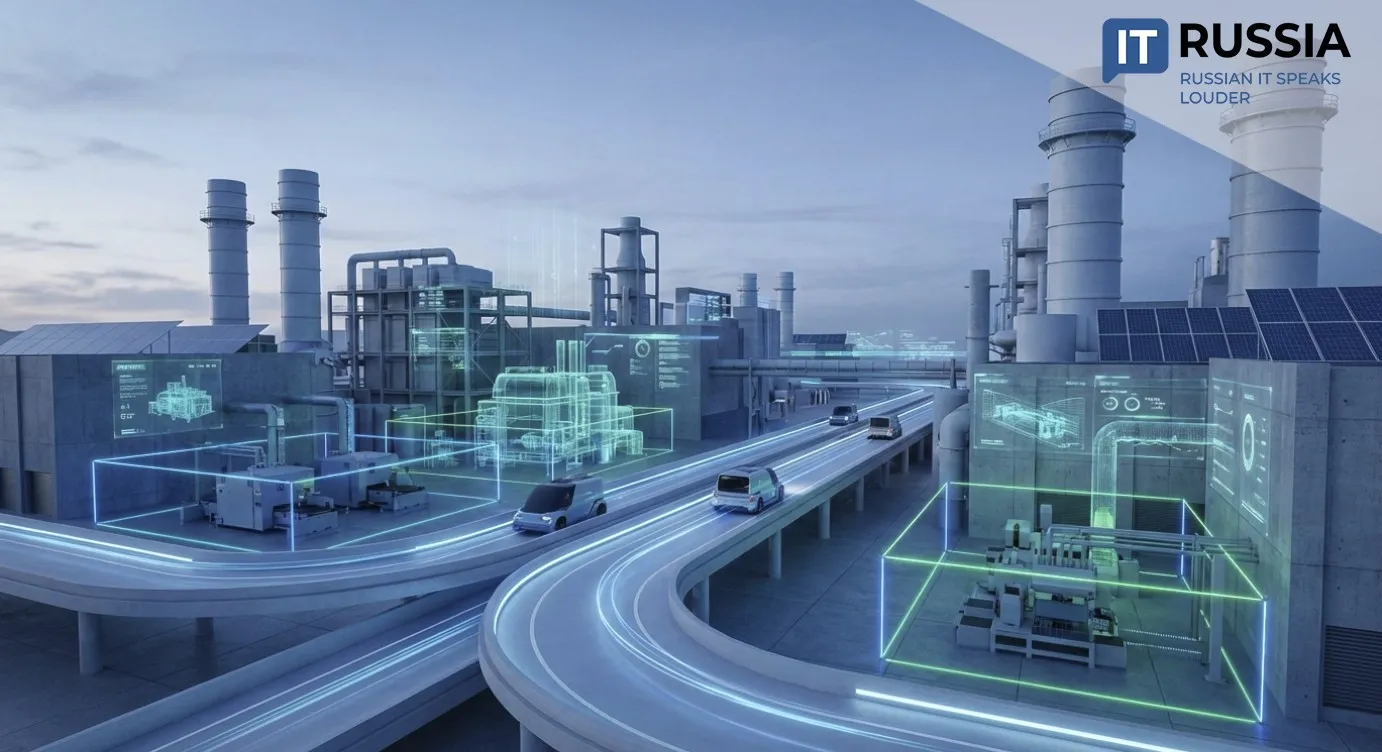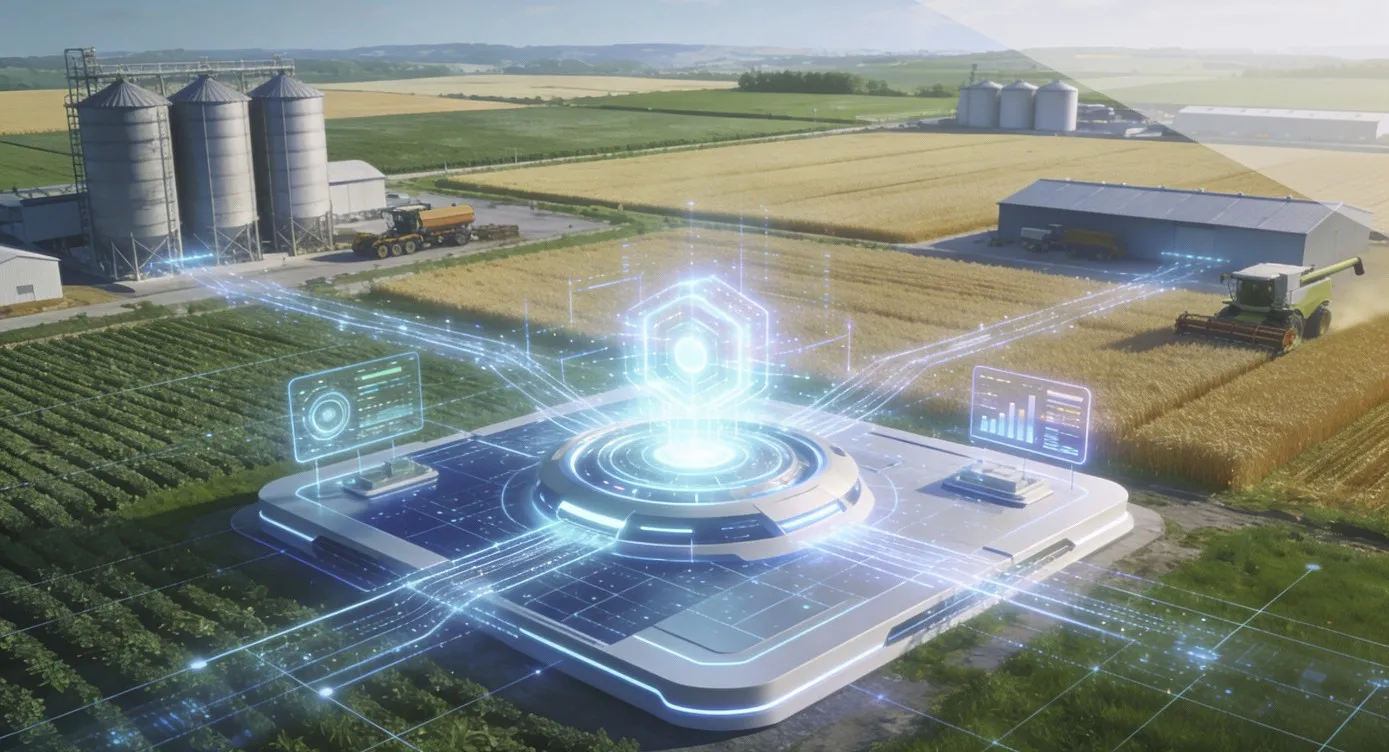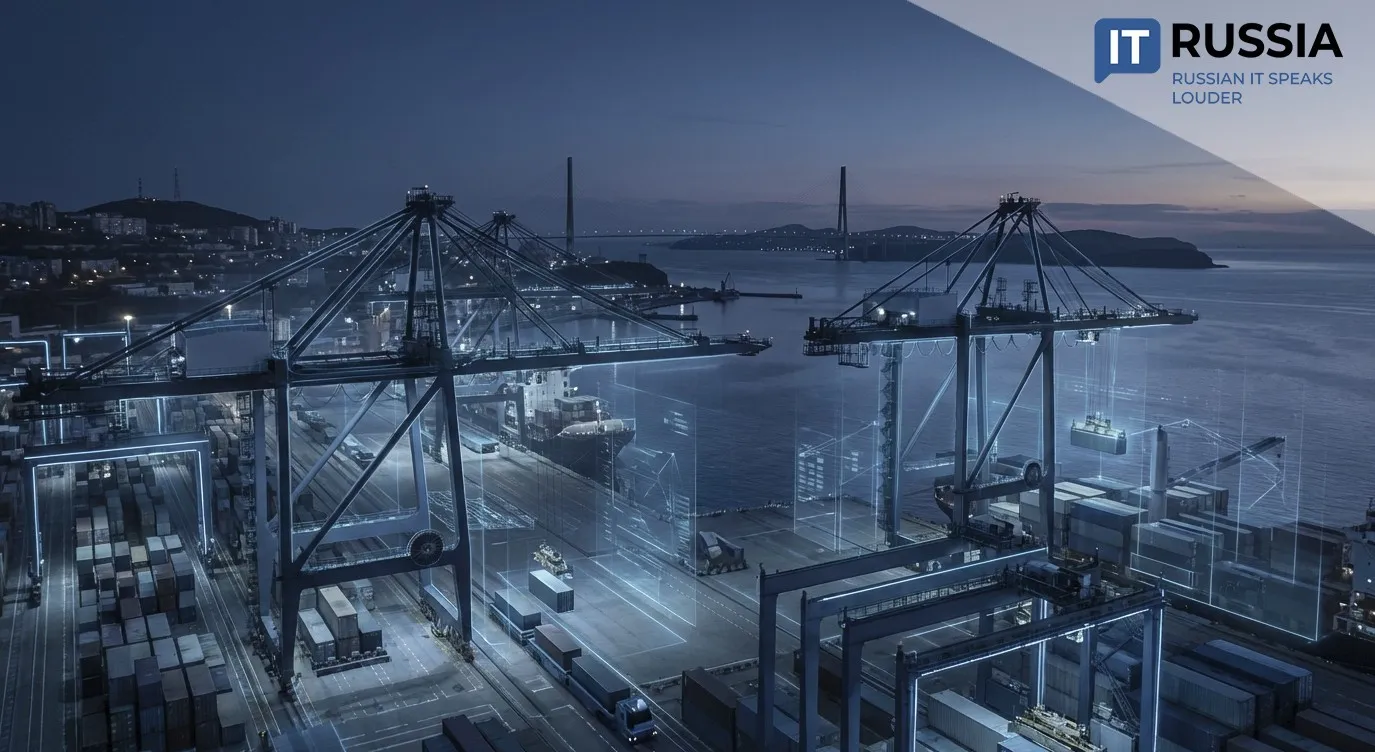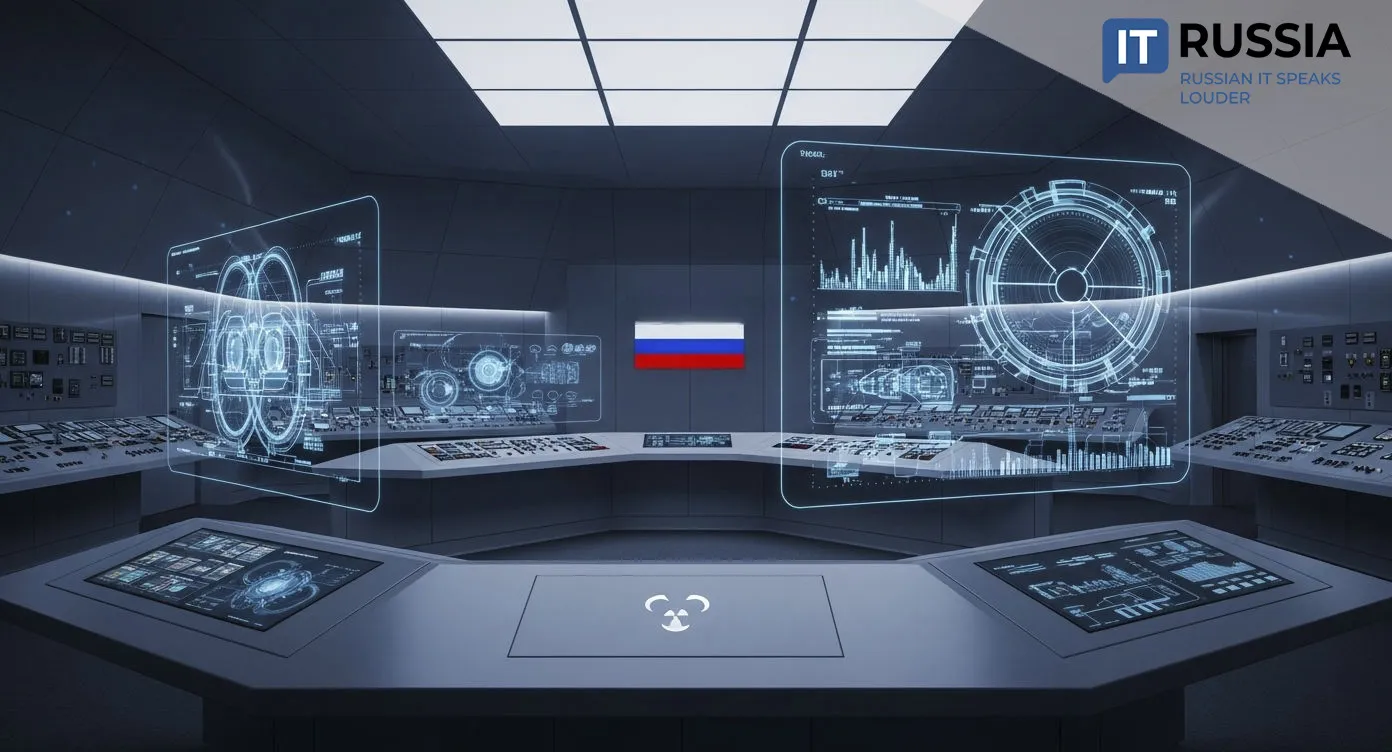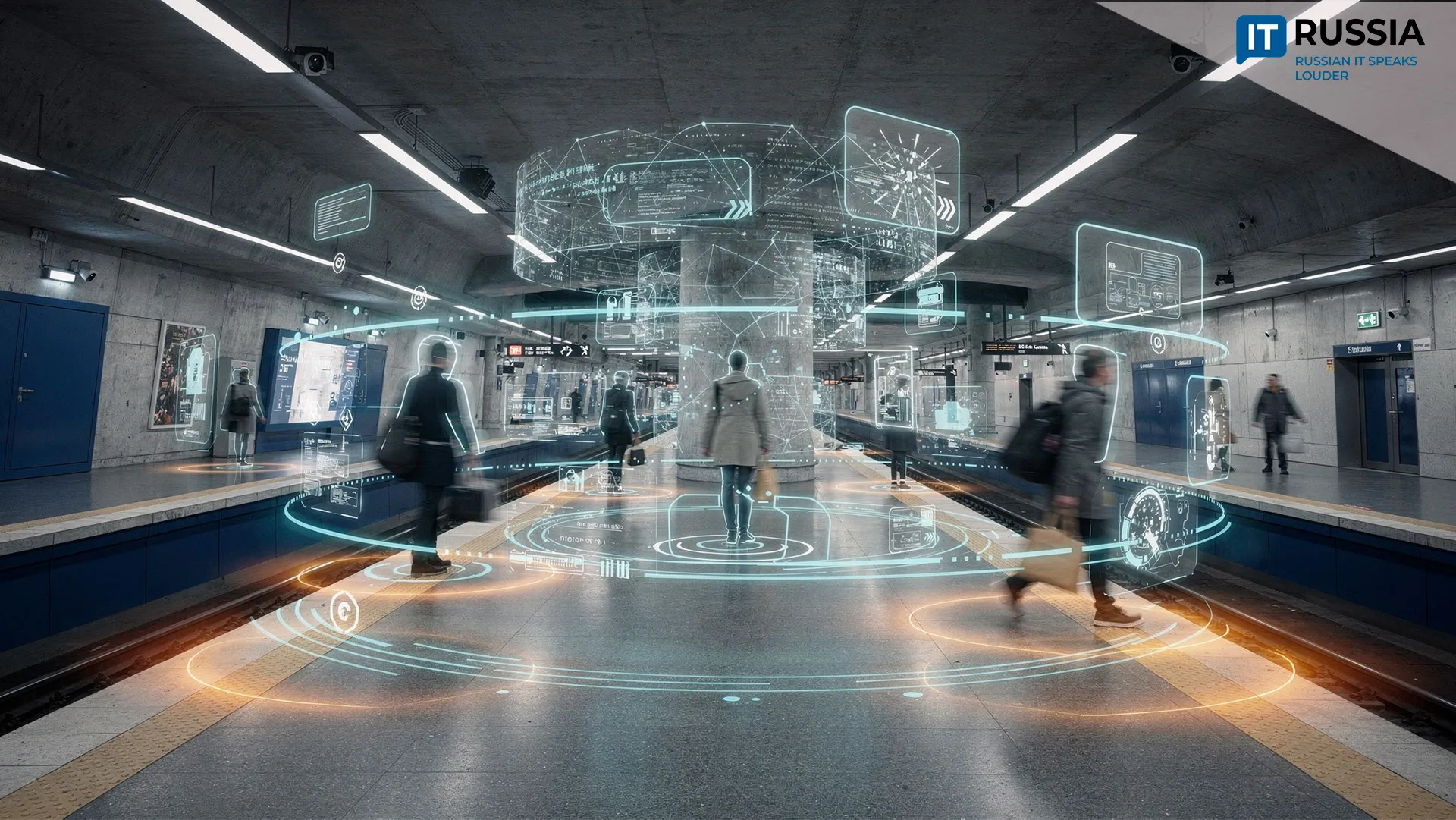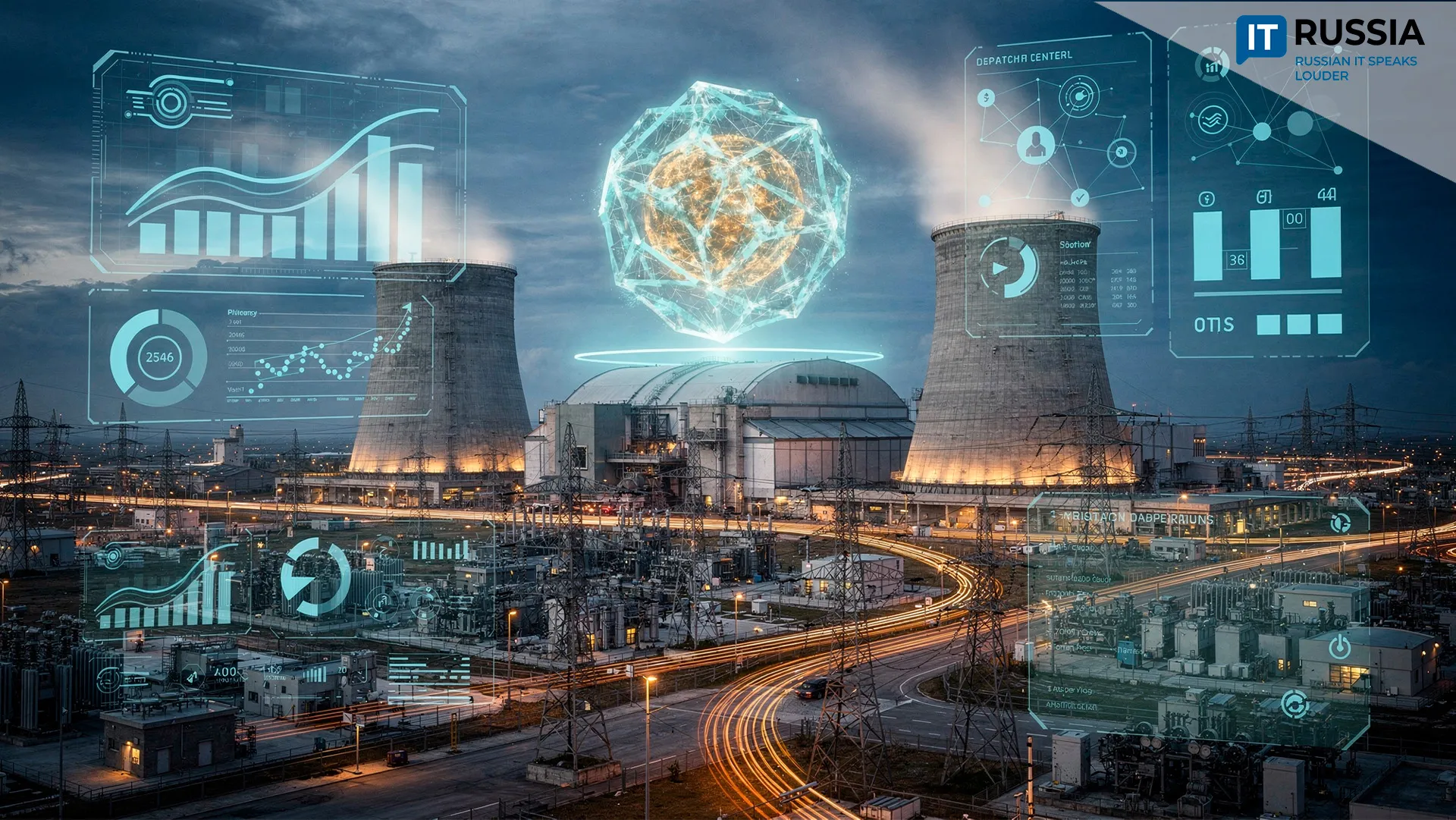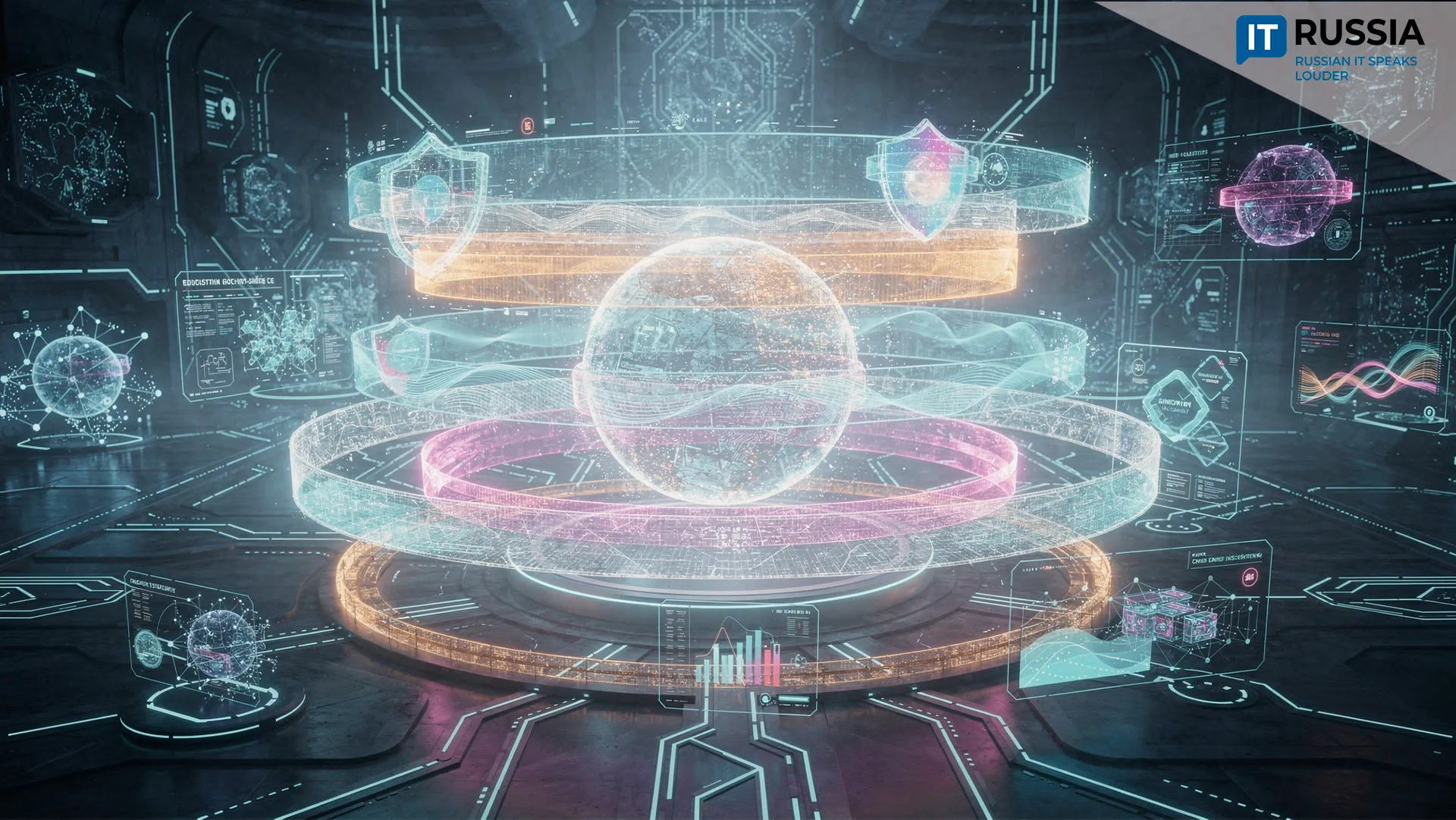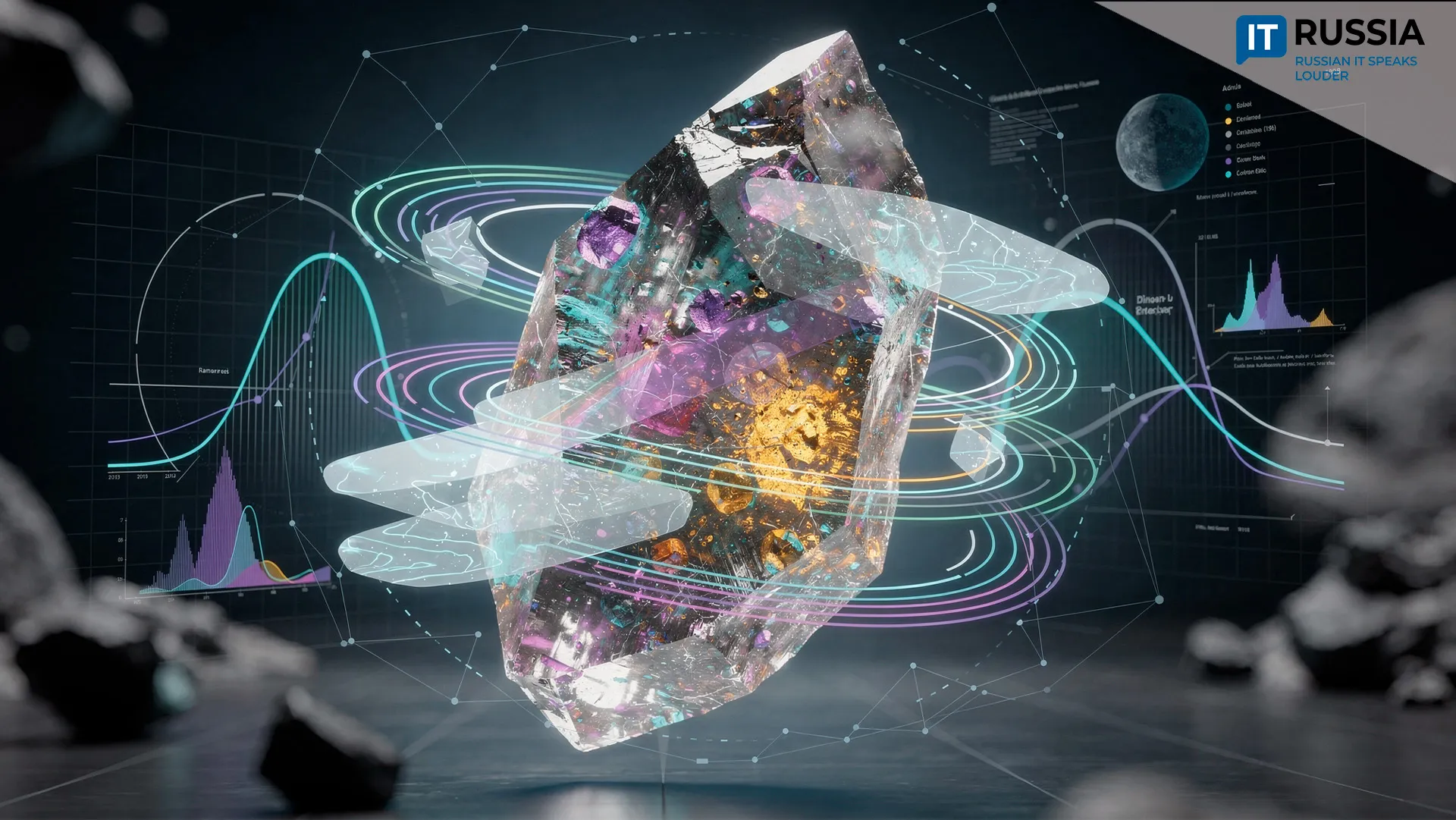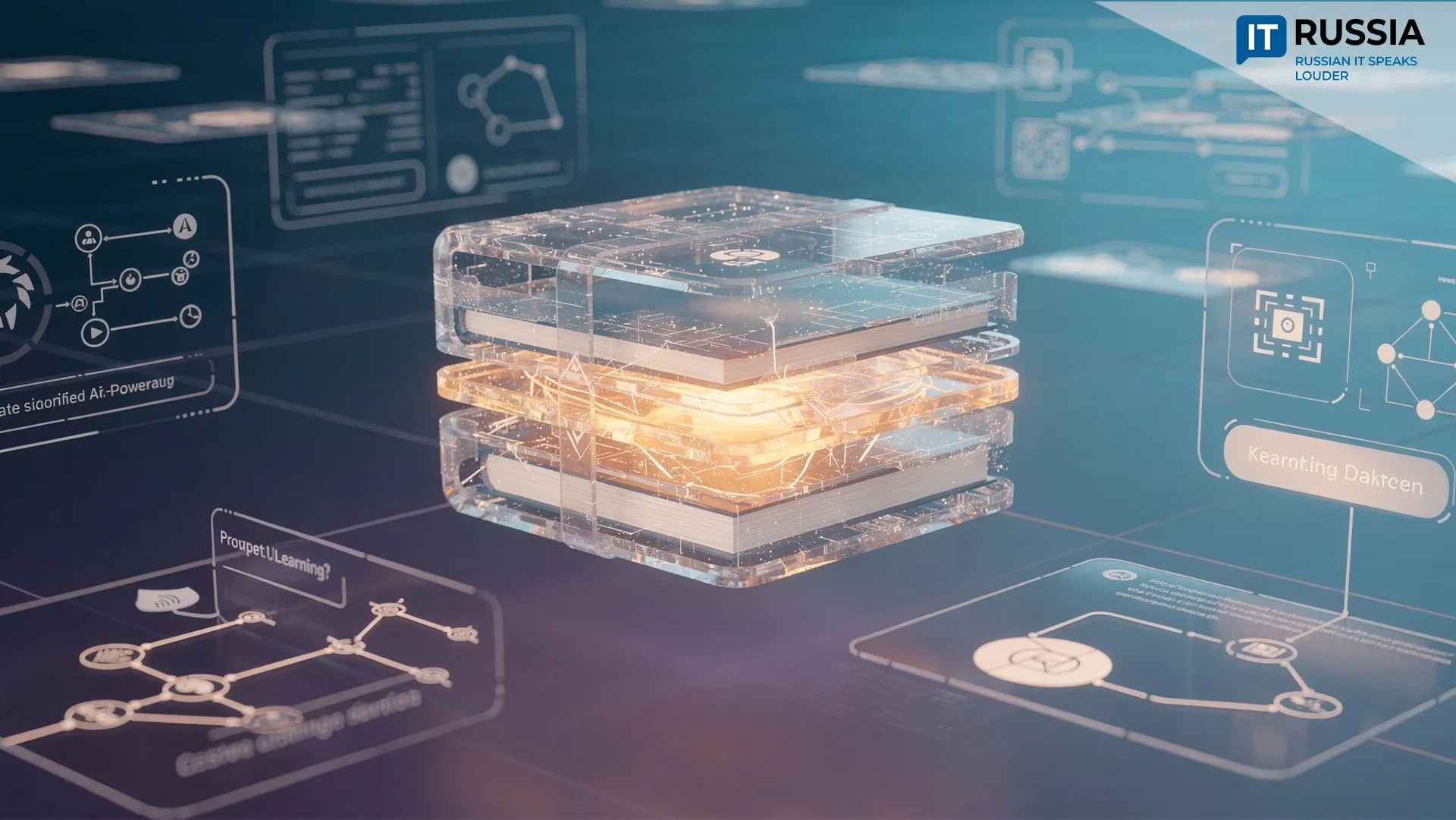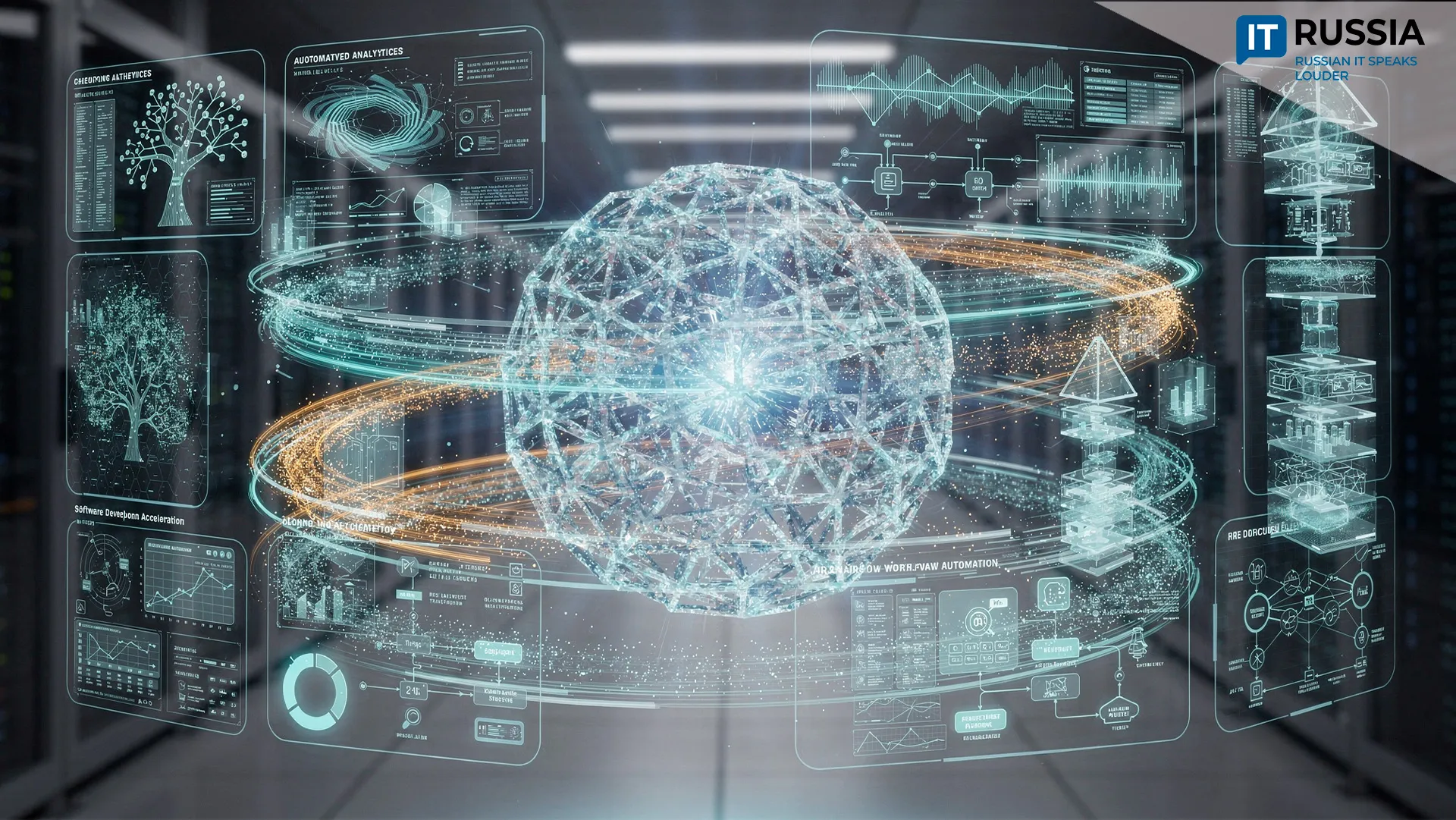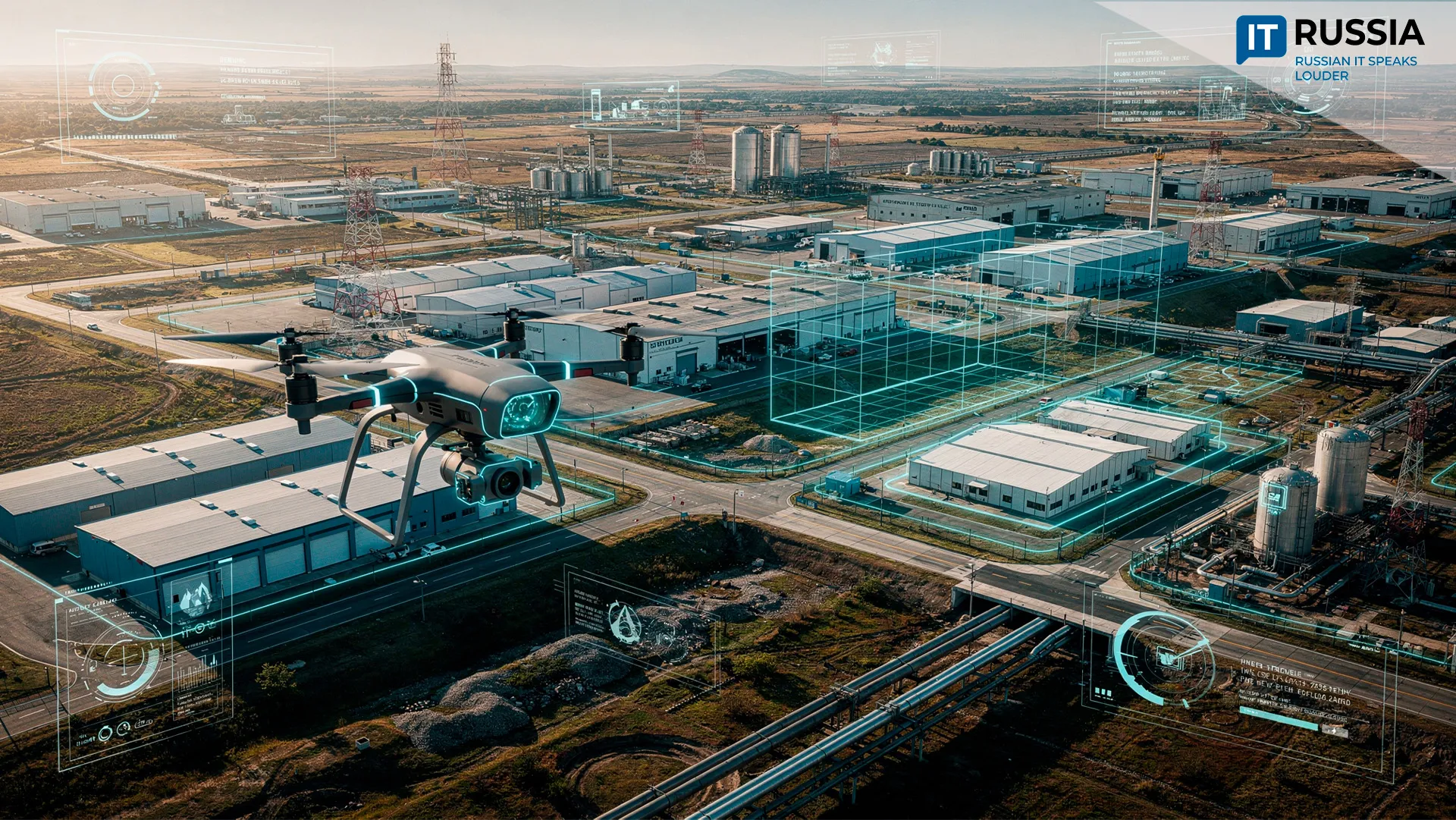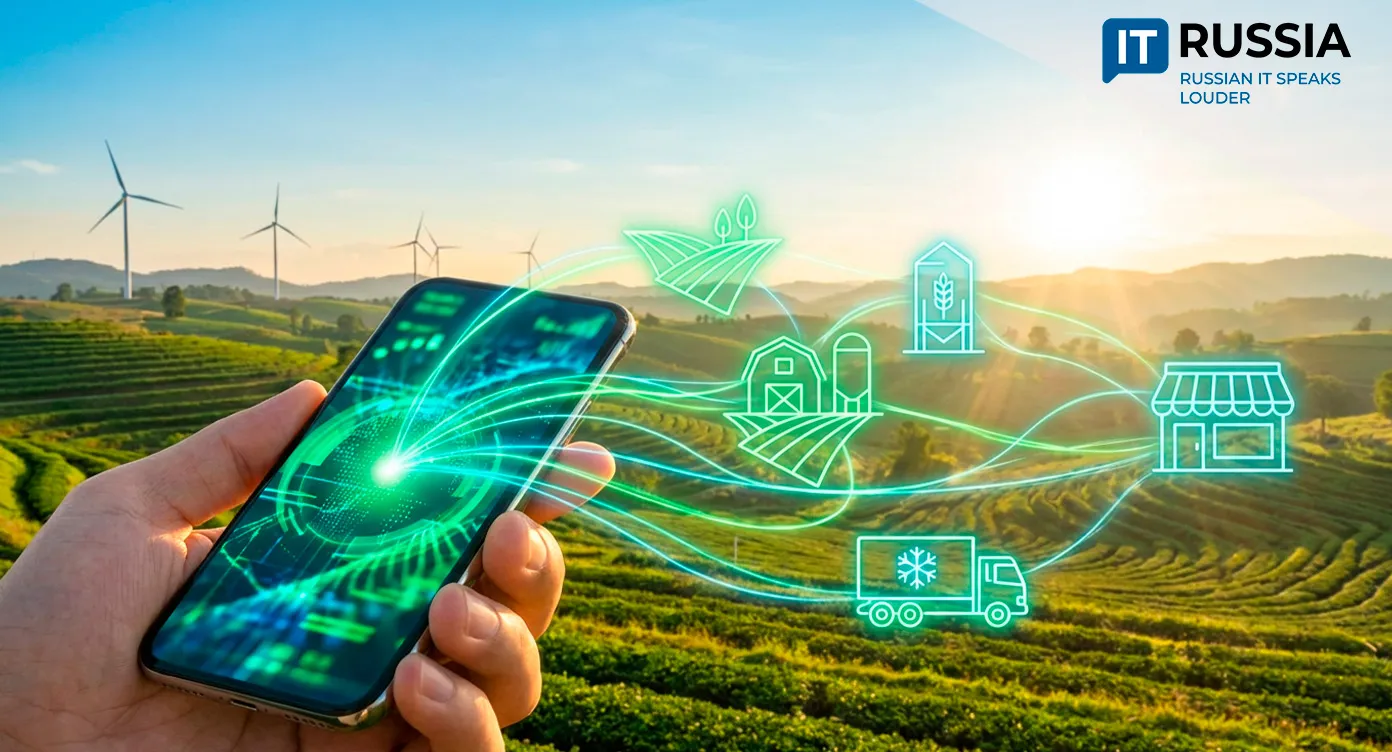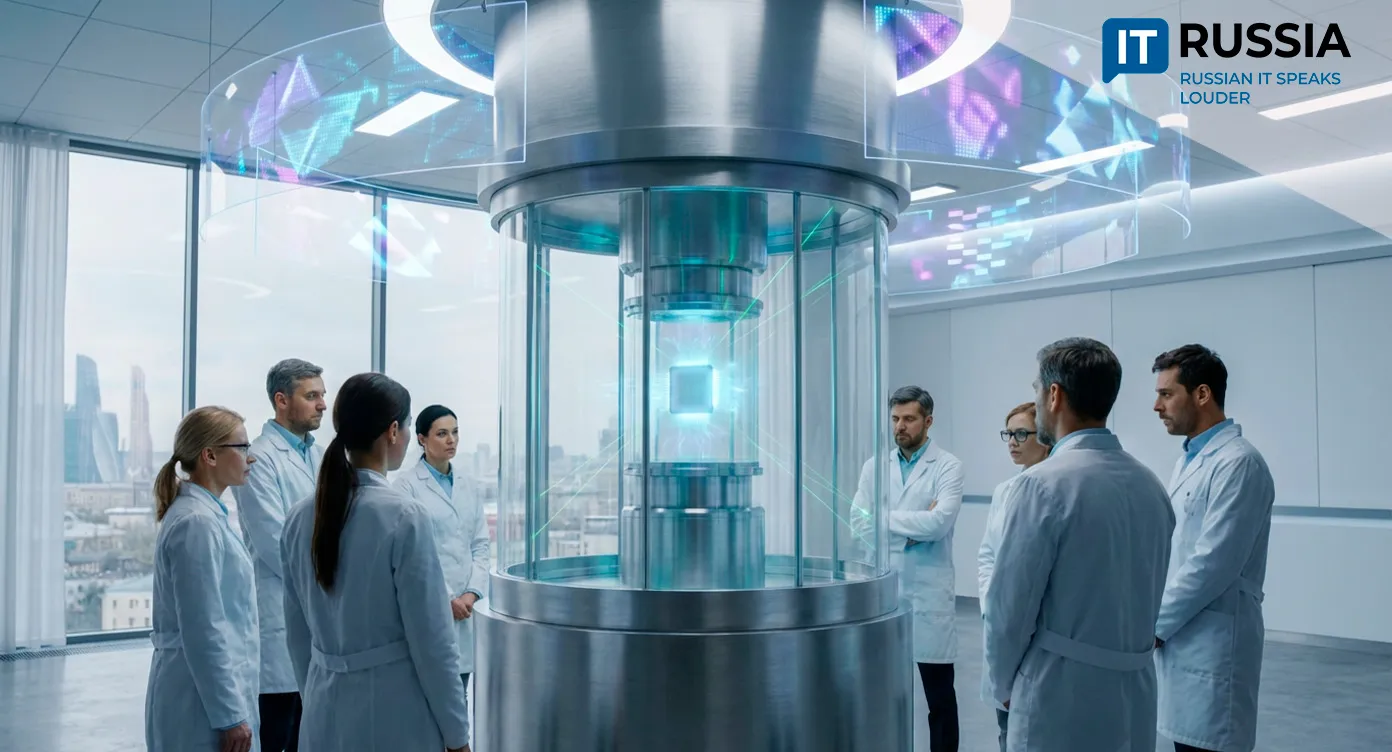Parade of Hi-Tech Solutions: Russia Accelerates Digital Transformation in Oil and Gas
At a recent conference in Tomsk, Russian oil and gas companies showcased how digital twins, AI-driven tools, and new IT solutions are moving from prototypes to full-scale deployment. The shift underscores a systemic transition from pilot projects to industrial-scale digitalization, reshaping asset management and reinforcing technological sovereignty.
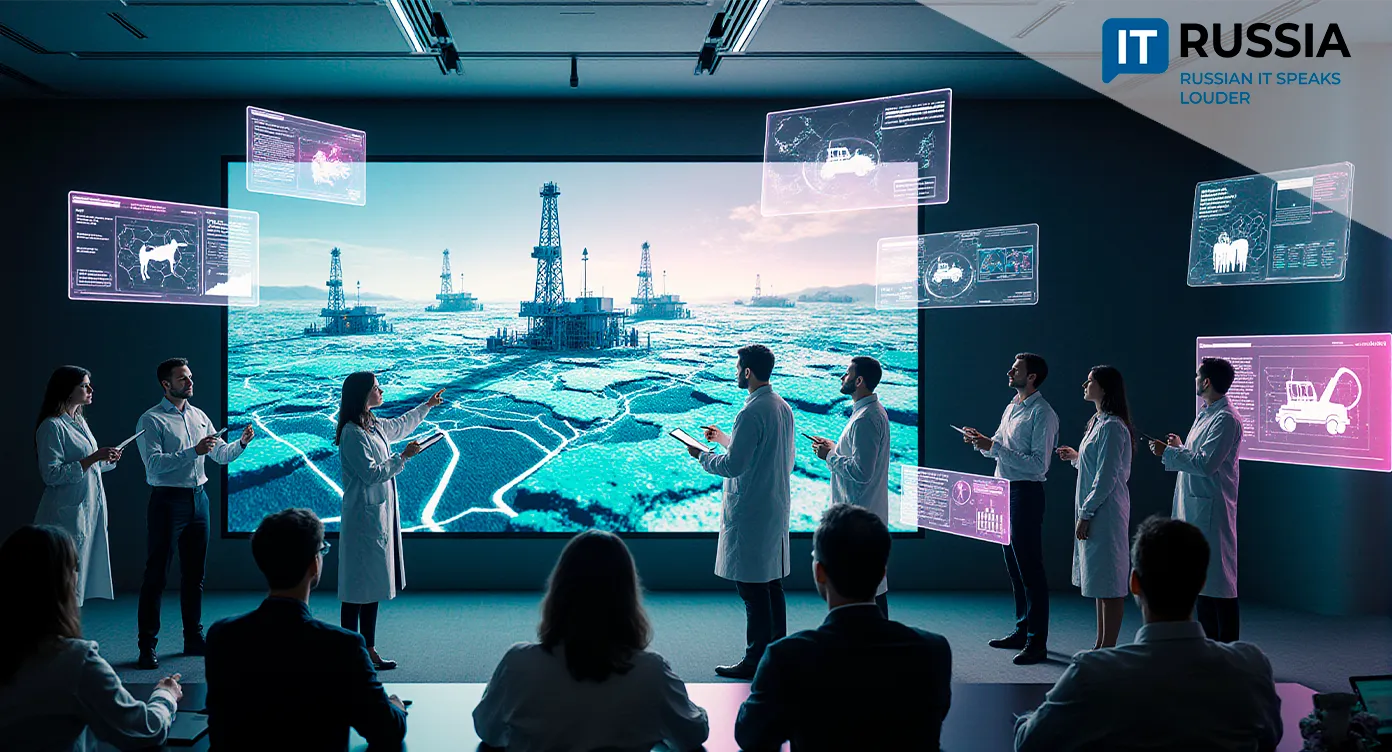
Gathering Point for Innovation
On September 24–25, Tomsk hosted the scientific and technical conference “Technologies for the Development of Oil, Gas, and Gas Condensate Fields.” The event brought together more than 300 professionals from the extractive sector and featured over 600 presentations across four sections and one roundtable.
Such conferences serve as a gathering point for Russia’s energy industry, consolidating achievements under the strategic course of digital transformation and technological sovereignty. Participants stressed that oil and gas is making an optimistic transition from isolated prototypes to systematic rollout. Asset management, today, is impossible without pervasive IT integration.
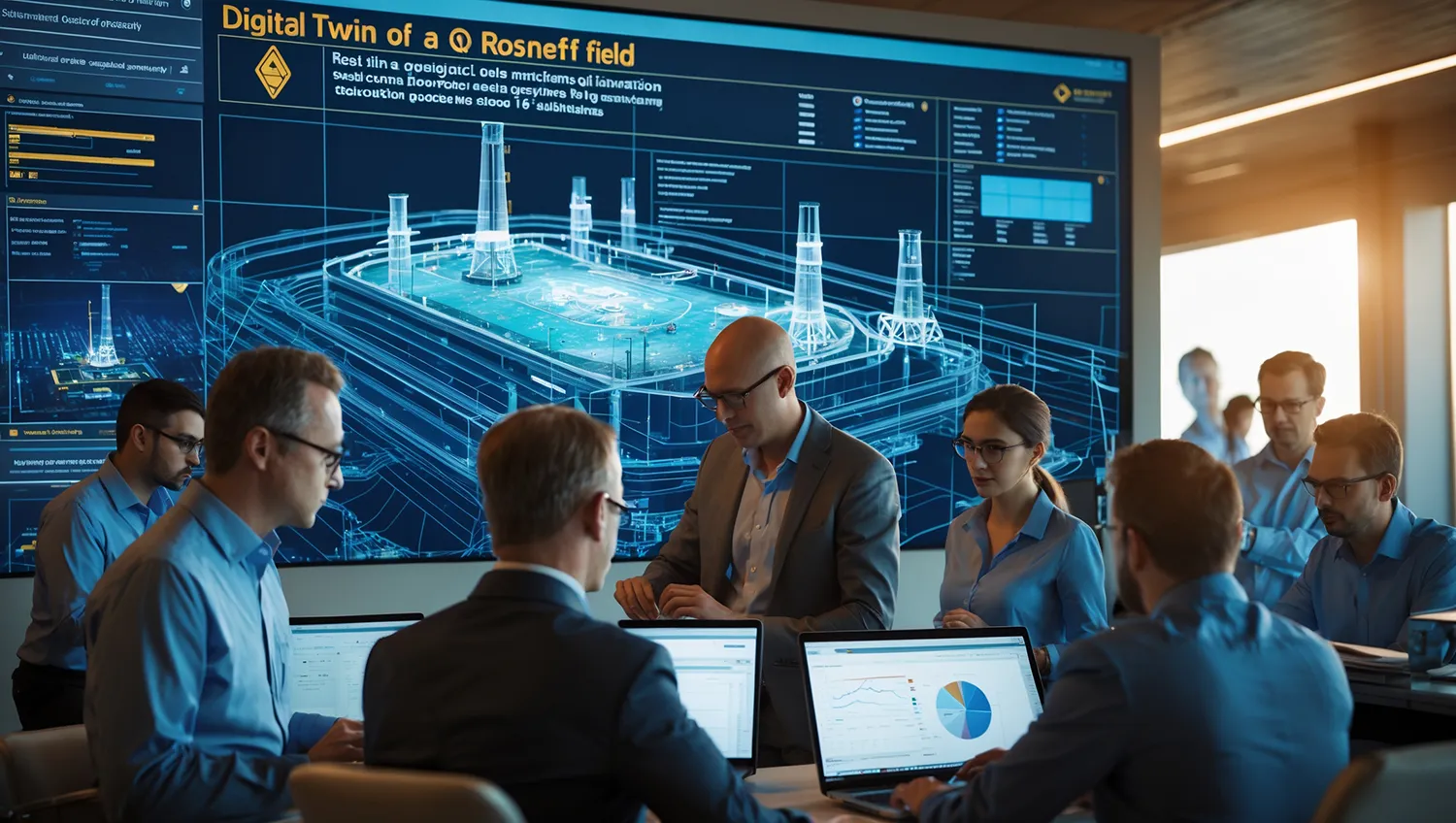
Digital Reflection: The Rise of Twins
One highlight came from Rosneft’s corporate institute, which presented a digital twin of oil and gas fields designed for analyzing geotechnical data. With this tool, engineers can identify soil types, simulate scenarios, and design projects faster and more accurately.
The advantages go beyond engineering, delivering equally significant economic benefits by accelerating critical project stages and reducing costs. Already deployed in 16 production companies and eight corporate institutes, the solution has gone beyond pilots and is actively used in design and construction.
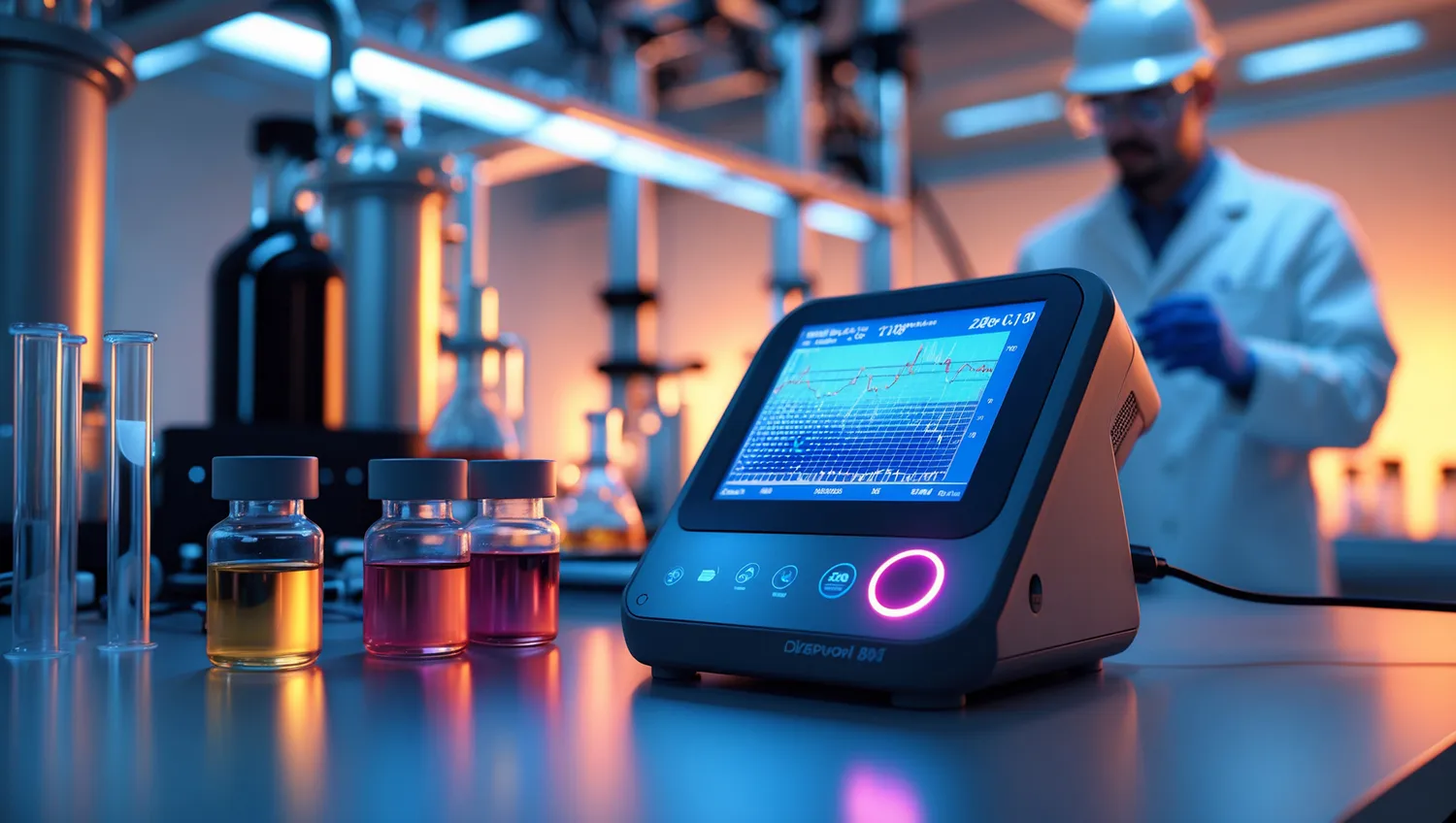
Market Pressures Fuel Digital Breakthroughs
Global market volatility is a given in oil and gas, and adaptation requires continuous innovation. Tomsk participants highlighted technologies ranging from IT-driven asset protection to rapid chemical analysis of oilfield reagents.
One promising development involves infrared analysis that can rapidly and reliably determine the composition of reagents. Such tools enhance equipment protection and operational safety, directly improving the bottom line.
New Models of Innovation in Oil and Gas
Since 2018, the Tomsk conference has grown into a platform for testing both technologies and new collaboration models. This year it featured a case championship on digital twins of oil and gas assets — both a talent search mechanism and a way to replace foreign software under sanctions.
The results confirm that Russia now has a range of advanced domestic solutions with expanded functionality. Beyond digital twins, the toolkit includes process modeling systems, RN-environment analysis, and operator training simulators. Experts emphasized the rise of an integrated digital ecosystem designed to cover the entire lifecycle of oil and gas fields.
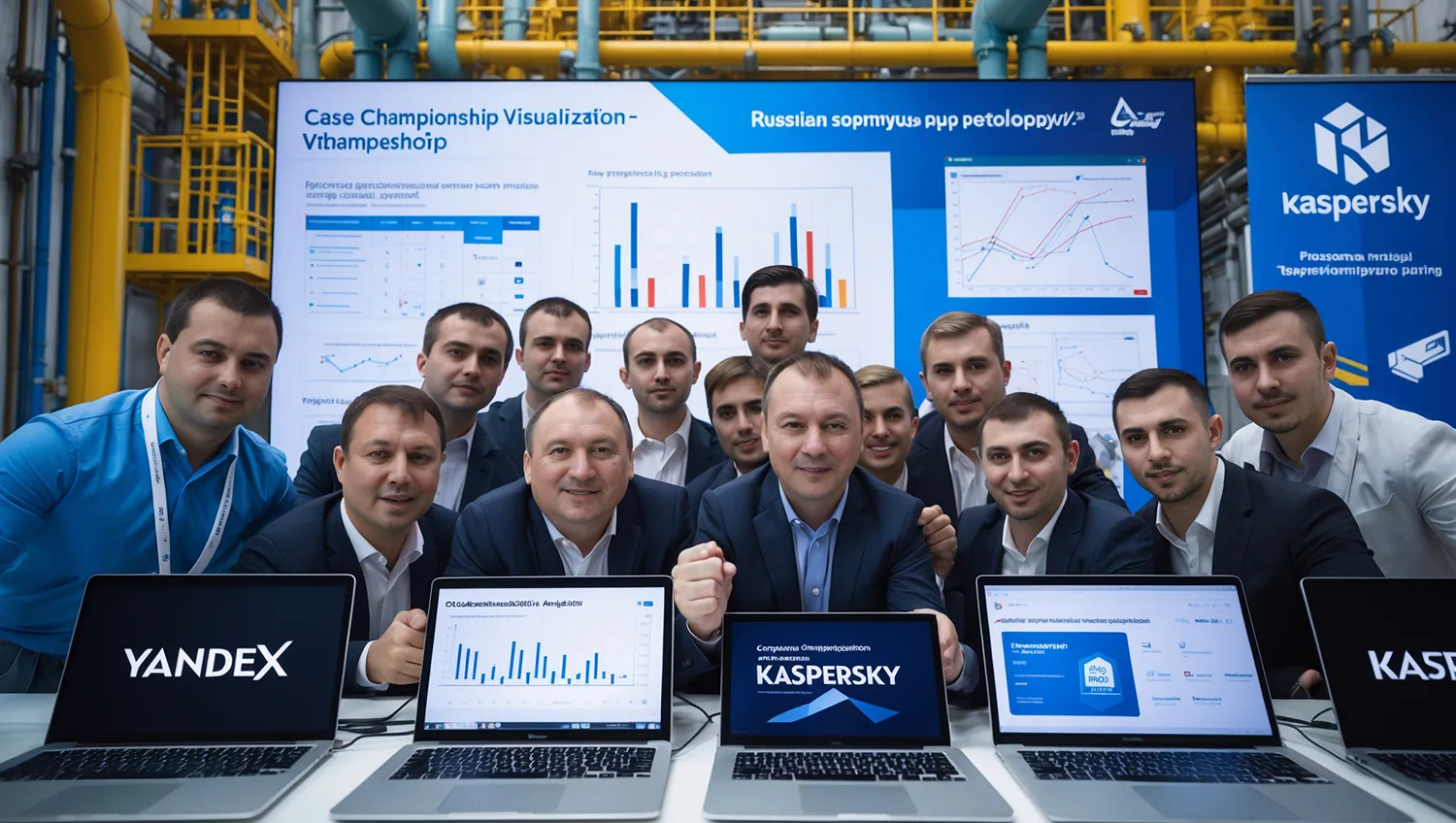
Tomsk has cemented its status as a Rosneft technology hub, concentrating expertise in design and digitalization. The city’s role creates high-tech jobs and multiplies benefits for local education and science.
Industry examples underscore the shift from pilot projects to industrial scale. In May 2025, Bashneft, connected over 70% of its wells to the Digital Field system. Gazprom Neft is expanding R&D cooperation with IT universities such as Innopolis. The spread of digital twin practices to gas assets — including Severneftegazprom in 2023 — confirms the universality of the approach.



